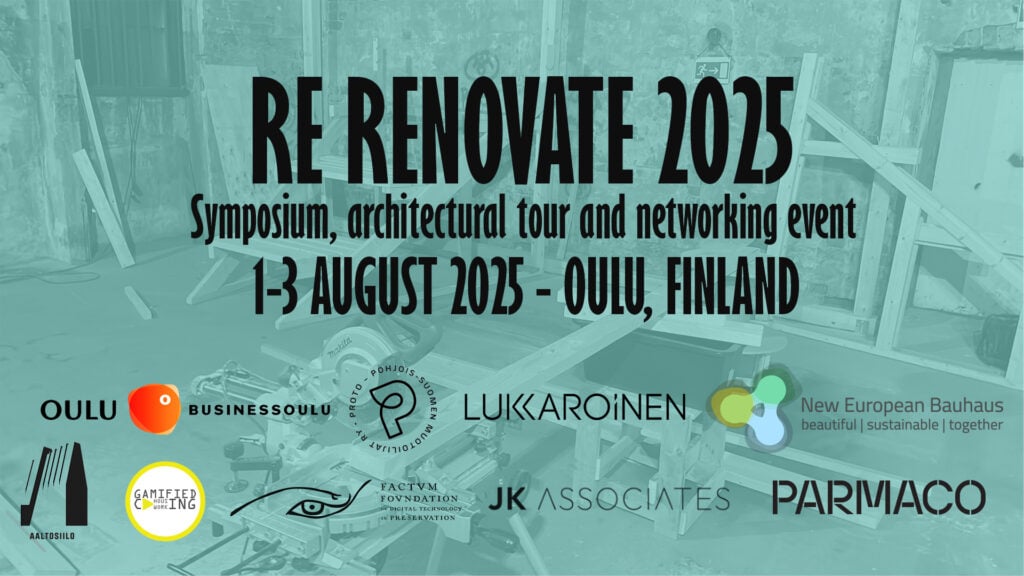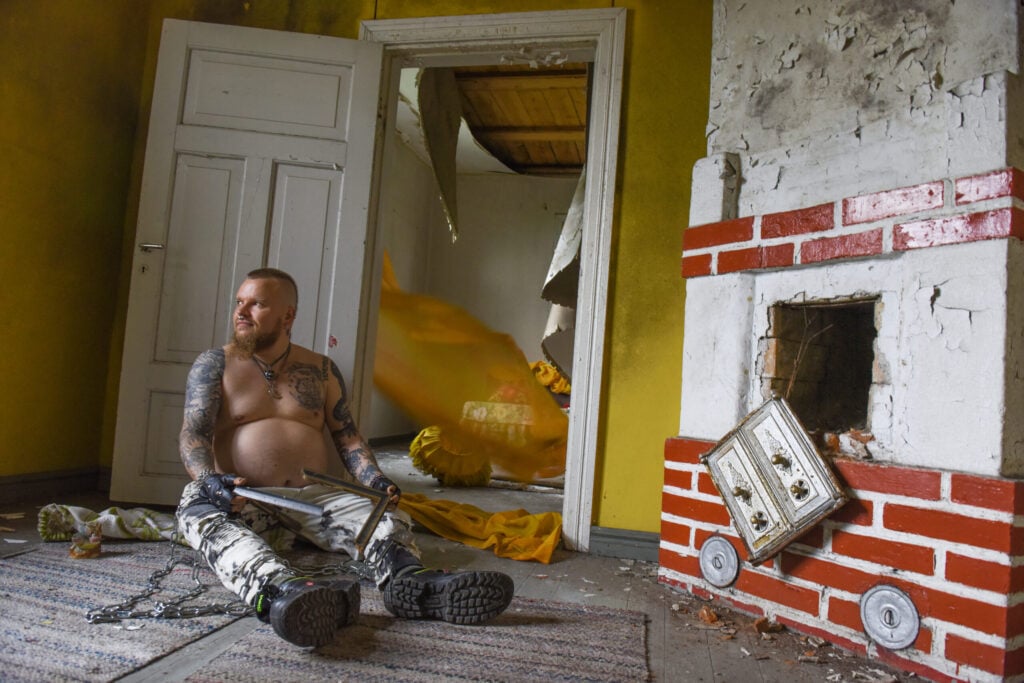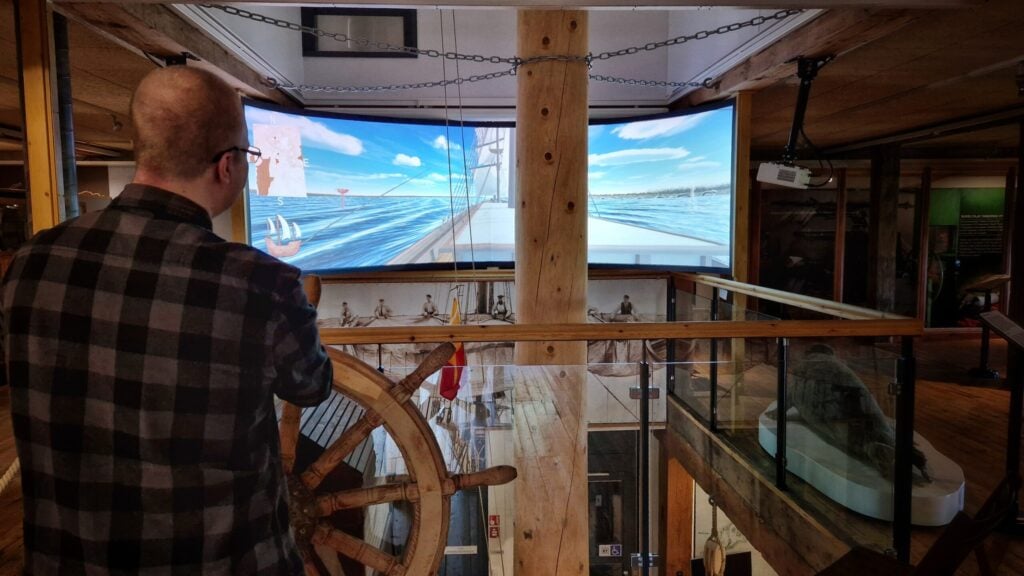
Today, December 3rd, we celebrate the United Nations’ (UN) International Day of Persons with Disabilities. There are approximately 1.3 billion people with disabilities in the world. This represents 16% of the global population, or one in every six people. The impacts of disability must be considered across all areas of society to ensure accessibility in the built environment, information, and opportunities for participation. (Source: Un.org)
Accessibility is also a key component of cultural services. Accessible cultural services take into account the different needs and individual ways of acting and doing of diverse people. This way, participants can choose which services to use. Information is easily available, and everyone has the opportunity to access information to participate as creators or participants.
Accessibility should be considered when planning events and communications. Good planning involves assessing the current situation, defining goals, selecting concrete actions, deciding on responsible persons, establishing timelines, and allocating the necessary resources in the budget. This ensures that the plan is not just a plan but can also be implemented.
The Equal Oulu2026 project is currently working on a guide to promote diversity, offering tips and tools to improve equality and inclusion in cultural services. The guide will be published on our website next year.
A key part of the guide is a checklist for the accessibility of events and communications. To ensure everyone’s cultural rights are realized, we want to reach those who are absent from events. This supports everyone’s opportunity to participate. Successful communication is supported by clear design, clear language, language options, targeted communication, and information about accessibility. In this text, we will focus particularly on accessibility in social media. Use the checklist below to help you create accessible social media posts!
Accessibility in Social Media
- Write alternative text for images, i.e., briefly describe the image
- Add captions and descriptions to videos
- Place relevant hashtags at the end of the text
- Use emojis sparingly
- If a hashtag consists of multiple words, capitalize the first letter of each word: for example, #ArtBelongsToEveryone
- Remember the basics of accessibility: accessibility information for events, language options, clear language, diversity in images
In stories
- Ensure good contrast between text and background
- Add captions to speech
- The most accessible story is a video where the same message is conveyed both verbally and in text.
Words are part of power dynamics and shape reality
- How do you address and name people or things?
- What words are chosen?
Explore terminologies created by experts
- Investigate the communication of organizations related to the topic, such as disability organizations
- You can also ask the organizations or the individuals themselves
Remember the person
- Do not reduce a person to a single characteristic
- “People with visual impairments” vs. “visual impaired people/individuals/artists”
- “The poor” vs. “people experiencing poverty”
What kind of imagery do these expressions create?
- Who, for example, is the one in power, the expert, or the actor? Who is the target of power or action?
In accessibility and equality, attention to detail is often important
- Explain what a term means in the given context
- Details matter: avoid superficial expressions




